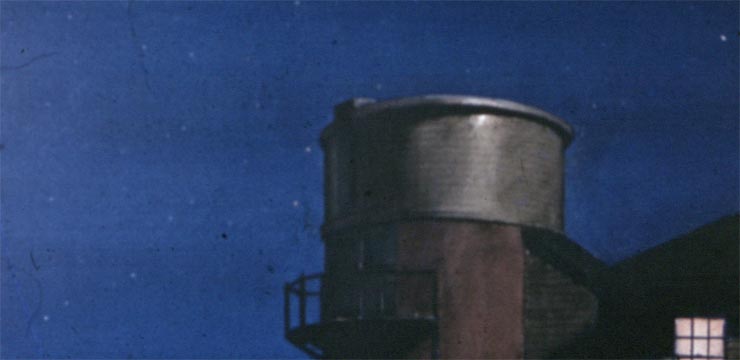
Quadrantids Meteor Shower Observing Report
by Steve Hubbard & Dave Huestis
If you went outside to watch the Quadrantid meteor shower this morning from anywhere in Southern New England, I hope you have thawed out by now. Like me you may have been somewhat disappointed in the numbers of meteors that were seen.
I have compiled the following report from myself and other Skyscrapers members.
I set up a chair on my porch with a blanket and sleeping bag for warmth and started observing at 1:21am. The temperature was 13.7 degrees F. I faced northeast so I could scan the sky from the north to the east, as well as to scan to a point directly overhead. Ursa Major was prominent in the northeast, while Leo was rising in the eastern sky. Reddish Mars was also very prominent below Leo.
For 90 minutes, until 2:51am I only counted a total of 15 meteors, 13 of which were Quadrantids while the other two were sporadics. Less than one-fourth of the total were brighter than the stars in the bowl of the Big Dipper. For me the brightest one occurred around 2:16am.
Despite earlier fears that the Moon would affect my observing, it was low in the southwest and I didn’t even notice it (my house blocked its direct light). The sky at zenith was very clear, but “high thin stuff” (haze) encircled my location. It seemed to stretch up about 35 degrees above the horizon in every direction.
I would have loved to remain out under the beautiful sky, but the slow rate of meteor production and the penetrating cold (a little breeze would occasionally blow across the deck), forced me to retire at 2:51am. The temperature had dropped to 9.7 degrees F.
As I had said in an earlier column, predictions can be off. If anyone had better meteor counts from 3:00am until dawn I hope you will post a comment.
Too bad the milder weather we experienced for the last three months of 2011 didn’t stick around for another few days.
More productive shooting star displays will be coming up later in 2012.
Until then, keep your eyes to the skies.
David A. Huestis
Quadrantid Observing Report Submitted by Steve Hubbard of Auburn, Massachusetts
Steve started observing at about 2:10am. The temperature was 12 degrees F with a light occasional wind. Steve reports he observed a Quadrantid go thru the bowl of the Big Dipper at about 2:19am. He estimated it at 1st magnitude in brightness. (I think this is the one I reported as my best one at approximately 2:16am.)
Steve saw six more Quadrantids and quit at 3:15am. He reports that he didn't check the temperature then…he was too cold and just wanted to get inside. Six other Quadrantids were all 3rd or 5th magnitude. He looked primarily towards the north pole, as that's where the predicted meteors were supposed to be. Steve said, “I do remember one other one at maybe 3rd magnitude going thru Leo. As far as I could tell, all of the ones I saw were Quadrantids.”
Steve concluded, “Rather disappointing…especially given the temperature we had to deal with.”



